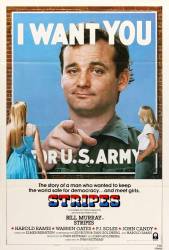
Factual error: Then, as now, every recruit reporting to boot camp would be tested for illegal drugs, first by a urine test and then by a broad spectrum blood test in the case of a positive result. There is no reason for Elmo to try to hide his stash when the recruits are told they are to be tested - he is going to come up positive anyway. He may as well just say he has changed his mind and walk away. He is entitled to do that any time up to ten days after he signed on, and it happened a lot in real life!
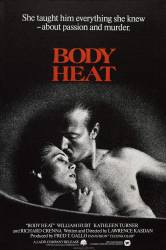
Factual error: Under US law neither Peter Lowenstein nor Oscar Grace would be allowed any level of participation in the investigation, arrest and prosecution of Ned Racine. Both have a highly visible social relationship with him, which disqualifies them from having anything to do with a criminal case against him. In fact as soon as he became a suspect in Edmund Walker's murder they would both be officially 'warned off' - told not to contact him again for any reason.
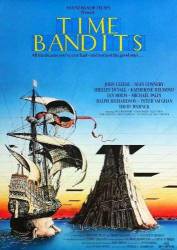
Factual error: When the Titanic sinks all six dwarves and Kevin end up in the sea clutching a lifebelt. The water in which the Titanic sank was freezing - that is how most of the casualties died, by freezing, not drowning. In water like that you'd be lucky to stay conscious for more than a few minutes. Despite this none of them show the slightest effect of the cold. Maybe the dwarves have some 'magical' ability to withstand lethal cold, but Kevin doesn't even react to being plunged into freezing cold water. He'd be screaming in pain, but he doesn't even show the slightest sign of discomfort.
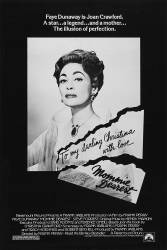
Factual error: When Christina mixes a drink for one of Mommie's "guests" she bends down behind the bar to put a bottle back. Sitting on top of the bar is a Trigger Sprayer bottle of "Fantastick" - a spray that did not come out until the late 60's.

Factual error: Mel Gibson sits around the campfire at the railway camp with the lads, reading newspaper reports of the April 25, 1915 landing at Gallipoli. The 3rd Light Horse Brigade (including the 10th Light Horse Regiment from Western Australia) landed at Gallipoli on 20 May 1915. This would have given him less than 3 weeks to enlist, train, travel to Egypt by ship and land on the Peninsula. A bit of a stretch. In reality, the 10 Light Horse regiment was raised in October 1914, with the 1st-3rd reinforcements departing Fremantle February 19-22, 1915.
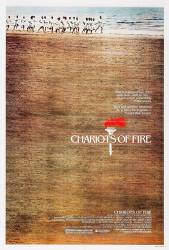
Factual error: Another flag gaffe: The Canadian flag in the 1920s was either the red ensign or the Union Jack. The Maple Leaf only became the national flag in 1965.
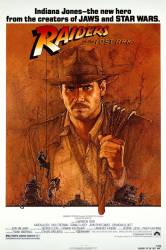
Factual error: When Indiana Jones is fighting the big German by the airplane, the German punches Indiana Jones on his right cheek. Indy's face and body are both knocked down to the right, in the direction of the punch. When you watch this, you can see it's impossible to be knocked down in such a way. (01:17:55)

Factual error: At the end of the film where the blinded Michael is swinging his scalpel aimlessly, it makes loud "swooshing" sounds. This is pure fantasy. I have personally mimicked what Michael did using similar small scalpels and even larger knives without almost no sound when swinging them.
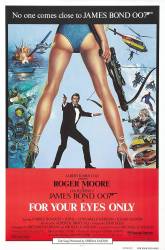
Factual error: In the pre-credit sequence with Bond and Blofeld, the helicopter makes a steep dive. However, the sound it makes is for a fixed-wing airplane, similar to dive bombers in WW2. Helicopters make no such sound.
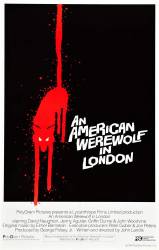
Factual error: Though it's set in England, hospital personnel use American terms like "charts" and "orderly". In any British hospital these should be "case notes" and "porter", respectively .

Factual error: In the final football game scenes ( from about three-quarters of the way through the film or so) all the spectators are wearing 1970's clothes and have 1970's hairstyles.

Factual error: Looking at the dimensions of the low-loader and the dimensions of the ambulance, Victor is laying at 90 degrees to the ambulance as we see a shot from the front of the vehicle (over the lower wishbone). There's no way that he could mend the transmission without his legs sticking out the tarpaulin and not being seen.
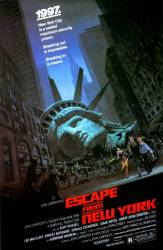
Factual error: The wrestler is killed by Snake stabbing the back of his head with a spiked bat, having rather long and thick spikes on it. As the Wrestler falls against the net, the back of his head is shown as he is slumped over the net. There is no wound on his head, nor any trace of blood, despite having one or more large spikes just jammed into it. (01:16:55)
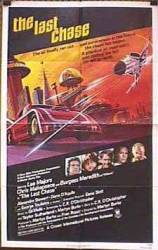
Factual error: Franklyn Hart keeps his car running by pumping out the gas from the bottom of abandoned gas pumps which the pumps themselves couldn't reach. In reality, as this gas is on the bottom, it would be full of sludge and garbage, and since it has been sitting there for 20 years, it would barely be usable and would probably damage the engine. He certainly wouldn't be able to do high speeds with it.
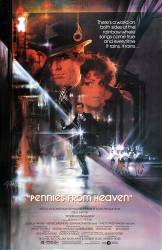
Factual error: The boxcars in the opening scene have bar codes, but the film is set in the 1930s.

Factual error: After the autopsy of "Sheila," the medical examiner tells the entomology expert that "she has no internal organs whatsoever." Yet, we're looking at "Sheila," and she has not been cut open at all, certainly not in the standard Y-shaped incision used in autopsies. Wouldn't even the worst medical examiner at least look inside before stating that internal parts were missing?
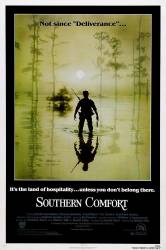
Factual error: In the boat-stealing scene, when the machine gunner fires a burst of blanks out of the M60 at the Cajuns, the weapon functions perfectly. However, the muzzle is bare. When firing with blanks, weapons have to have metal pieces called blank adaptors screwed into the muzzle to keep enough gas inside the weapon to cycle the bolt. Without one, the M60 would fire one round and stop.
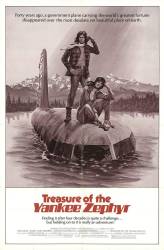
Factual error: There could never be an aircraft of World War 2 vintage with the call sign "Yankee Zephyr". If it was a US aircraft (it appears to be) it would have the call sign "Yankee Zulu". If it was an RAF aircraft it would be "Yoke Zephyr". This all changed when the phonetic alphabets were standardised by NATO in the Fifties, but the DC3 in this film is supposed to have crashed before the end of World War 2 in 1945.
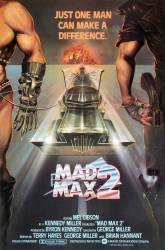
Factual error: There's no way the gyro helicopter could carry 2 men and four jerrycans of petrol across a desert. It is only built for one person and would never lift off. And where would they put the second person and petrol anyway?
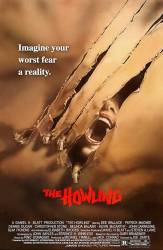
Factual error: The rifle which Dennis Dugan's character is using has to be reloaded before every shot. Still, when he shoots Slim Pickens, he somehow manages to hit him with two bullets within a second.
Suggested correction: Those drug tests didn't exist in 81.
Did you watch the film? The recruits are told they are about to take a broad spectrum drug test - not they are going to be searched for drugs, they are going to tested for the presence of illegal drugs in their systems. As has been pointed out such drug tests were mandatory at the time the film is set but that is not important - in the context of the film Elmo's action make no sense as he is going to be tested for drugs. Hiding his stash makes no sense at all as it will not solve his immediate problem. The posting is correct and the correction is nonsensical.
Drug testing of recruits commenced in the United States on a trial basis in 1975 and became compulsory in 1977. In 1981 every single volunteer would have to take a broad spectrum drug test before being allowed to start boot camp.
What specific drug tests didn't exist? Nixon directed a military drug urinalysis program in 1971 and the DoD started random drug testing in 1974 (not that testing deterred drug use).
Bishop73
I enlisted in 1982. I got a single drug test at the meps and didn't get tested again during an entire 3 year enlistment. In fact, I didn't receive a drug test until 2 years into my second enlistment. The military just wasn't as strict on drug testing.
ssgemt